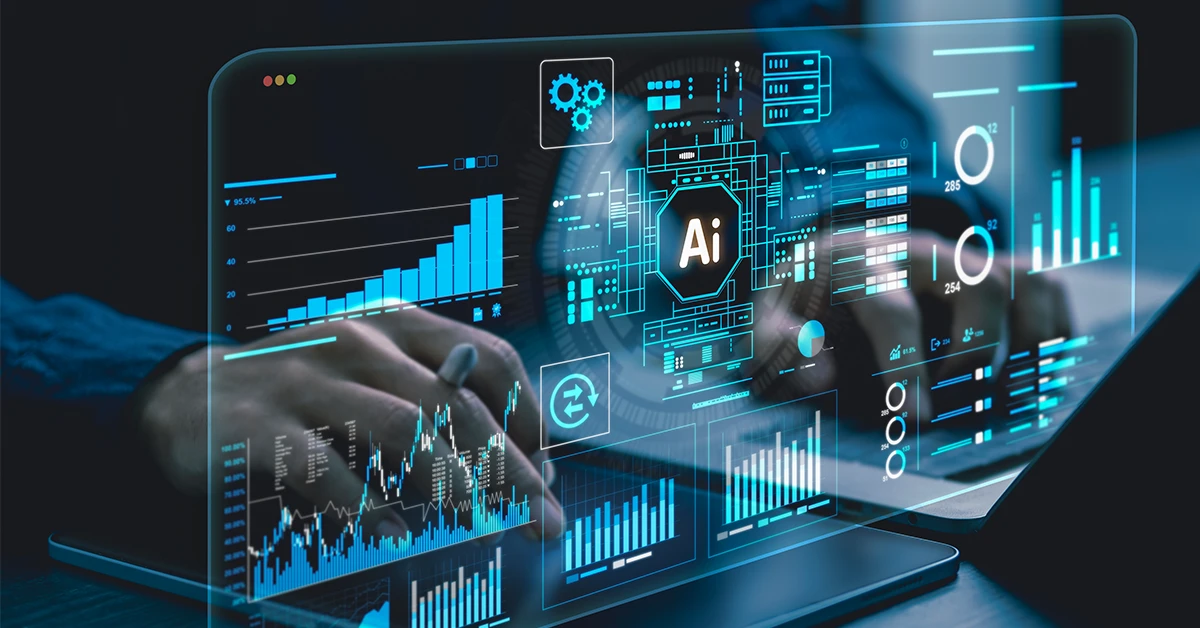In today's rapidly evolving digital landscape, the increasingly automated nature of operational technology (OT) and the introduction of Internet of Things (IoT) devices is exposing critical infrastructure and industrial environments to a host of cyber threats. To safeguard these vital systems and the functions they perform, security teams need to continuously monitor these OT environments.
A continuous monitoring solution is one that includes capabilities such as asset management, network security management, identity and access management, data protection management, and dashboards to receive, aggregate, and display information. In this blog, we'll delve into the importance of continuous monitoring for OT and explore the essential capabilities required to secure these complex systems effectively.
A Critical Capability for Situational Awareness
With more regulation, more supply chain disruption, more geopolitical conflict, and more well-trained threat actors, organizations need a dynamic, well-rounded picture of how to prioritize needs and capacity building across cybersecurity functions. Detection capabilities used to just be signatures and TTPs but have evolved to include more sophisticated anomaly detection and machine learning capabilities which allow for more proactive and context-capable detection of security events and incidents.
Continuous monitoring technology is the linchpin of effective cybersecurity in OT. It provides real-time context and visibility for OT assets and network connectivity. Additional features like vulnerability mapping and threat intelligence work to detect potential threats and anomalies before they escalate.
Implementing continuous monitoring technology empowers security teams with situational awareness for their OT environments, leading to:
- Reduced Downtime: With real-time insights into the OT environment, security teams can proactively address potential threats and anomalies before they escalate, minimizing the financial and reputational impact of cyberattacks.
- Improved Asset Intelligence: Continuous monitoring provides a comprehensive inventory of assets, allowing for more efficient risk management and maintenance.
- Efficient Regulatory Compliance: Many industries are subject to strict regulations governing the security of critical infrastructure. Continuous monitoring delivers the necessary visibility and reporting capabilities to prove compliance.
- Enhanced Incident Response: In the event of a security event, continuous monitoring tools help teams identify the source of the problem and take appropriate action to contain and remediate the event.
- Operational Resilience: Continuous monitoring in OT environments also helps operations teams identify and troubleshoot networking or communication issues before they impact system availability or safety.
Navigating the Spectrum of OT Monitoring Approaches
Operational technology differs significantly from traditional IT. First, the sheer volume of OT and IoT devices with specialized hardware, uncommon or proprietary protocols, and no built-in security features make them much harder to monitor and manage than traditional IT systems. Second, because OT systems prioritize availability and safety, patching can’t be automated, like in IT systems, making vulnerability management particularly difficult.
Though new weaknesses like zero-day vulnerabilities are being identified every day, the most common avenue of disruption we see is the exploitation of weak passwords, bad security practices, and misconfigurations. Situations caused by human error or a lack of security procedures–which are preventable with proper assessment and care–are often the main culprits exposing industrial operations to hazardous scenarios. The first security item to consider in a real operation is if the network is properly set up.
According to the NIST SP 800-82 Rev 3, Guide to Operational Technology Security, “continuous monitoring can be achieved using automated tools, through passive scanning, or with manual monitoring performed at a frequency deemed commensurate with the risk. For example, a risk assessment may determine that the logs from isolated (i.e., non-networked), non-critical devices should be reviewed monthly by OT personnel to determine whether anomalous behavior is occurring. Alternatively, a passive network monitor might be able to detect vulnerable network services without having to scan the devices.”
What to Look for in a Continuous Monitoring Platform
By implementing continuous monitoring technology for OT environments, organizations can boost their cybersecurity and ensure the reliability of their operations. In a world where cyber threats are ever evolving, real-time situational awareness into OT systems is imperative.
Here's what to look for in a continuous monitoring platform for OT:
1. Asset Management
Continuous monitoring technology should identify all assets in the environment, including IoT devices. It should include data like IP addresses, vendors, installed firmware and zones, as well as supplemental data like asset IDs, locations, managers, criticality ratings, and maintenance schedules. By merging this information, security teams can access production context for OT assets to improve risk prioritization and use standardized language when collaborating with maintenance teams.
2. Vulnerability Mapping
A robust continuous monitoring platform should identify and map known vulnerabilities across operating systems, applications, and firmware to help teams prioritize patching or mitigation efforts based on risk levels. To help your security team prioritize high level exposure points, the solution should have the capability to automatically identify and score the impacts of identified product and device vulnerabilities on your network and overall security posture. Identified vulnerabilities and scoring should also come with details on each vulnerability for troubleshooting and remediation.
3. Threat Detection
The ability to detect and respond to threats is at the core of any cybersecurity strategy. Continuous monitoring technology should employ both signature and behavior-based detection techniques to identify suspicious access attempts, policy violations, malicious executions, administrative actions, and more.
This multi-layered approach is critical for staying ahead of evolving cyber threats. Tools should be continuously updated with the latest malware signatures and indicators of compromise, and the ability to categorize known TTPs and code signature from previous incidents to alert security teams to a potential recognized TTP or signature detected somewhere in their network.
4. Anomaly Detection
Anomaly detection can alert on both deviations from normal communications patterns, as well as variables within the process, like sensor readings and flow parameters. Data analysis in Nozomi Networks’ product engine correlates threat intelligence information with broader environmental behavior to deliver maximum security and operational insight. Our solution immediately baselines and profiles every device and its behavior, including process variables, to quickly pinpoint abnormal activities.
5. Predictive Analytics
Combining asset intelligence, vulnerability data and anomaly detection, powerful machine learning capabilities can emulate the acquired knowledge of experienced security administrators to automate tedious tasks of reviewing, correlating, and prioritizing the multitude of alert data. AI-enabled analytics offer powerful customizable queries to answer common questions in human readable language and provide users with a better understanding of their environment and security posture. This level of context-driven automation reduces the need for data analytics skill sets and allows security teams to spend more time focusing on priority issues they are equipped to remediate.
The Nozomi Networks platform delivers continuous security monitoring for OT networks to enable earlier discovery of security events and incidents across the industrial attack surface, delivering real-time situational awareness for critical decision making and remediation. Our tool captures an asset inventory and network characteristics before performing security functions like vulnerability mapping and threat detection.
Unlike other solutions on the market, our platform uses a variety of methods to collect vulnerability information, including network monitoring, endpoint monitoring and smart polling, providing continuous visibility into all your assets, even when they aren’t actively communicating. Our Threat Intelligence feeds are updated with the newest IOCs and are delivered continuously in near-real time. Threat risk indicators include Yara rules, packet rules, STIX indicators, threat definitions, vulnerabilities, and an extensive threat knowledge base.
For practical strategies and recommendations for implementing OT continuous monitoring with the Nozomi Networks platform, check out our guide below.









